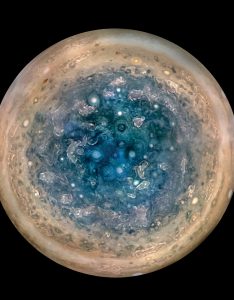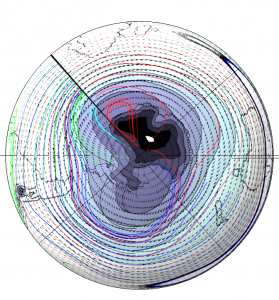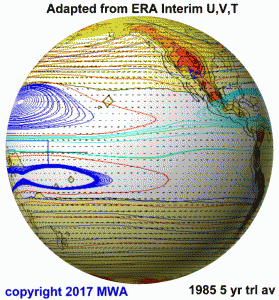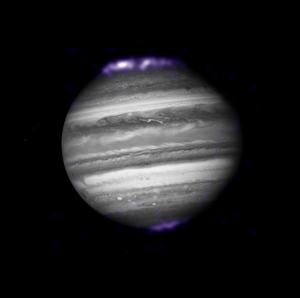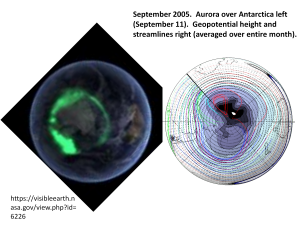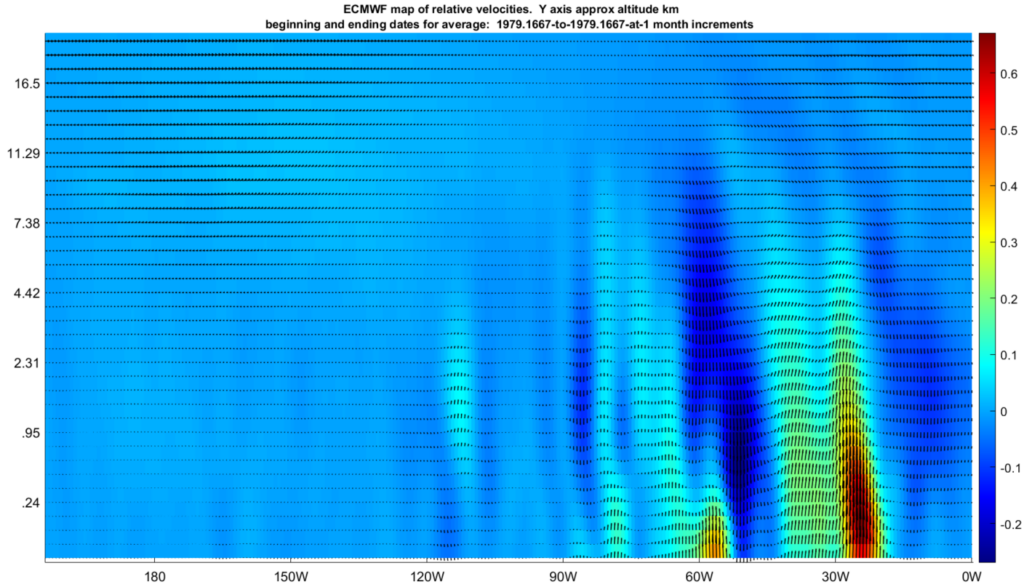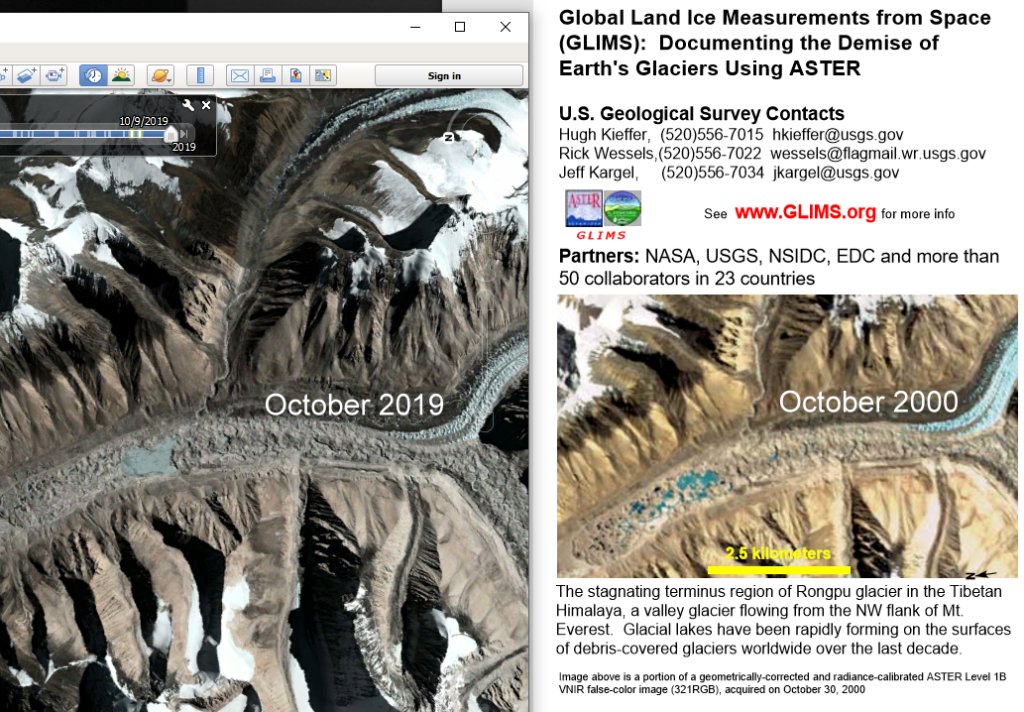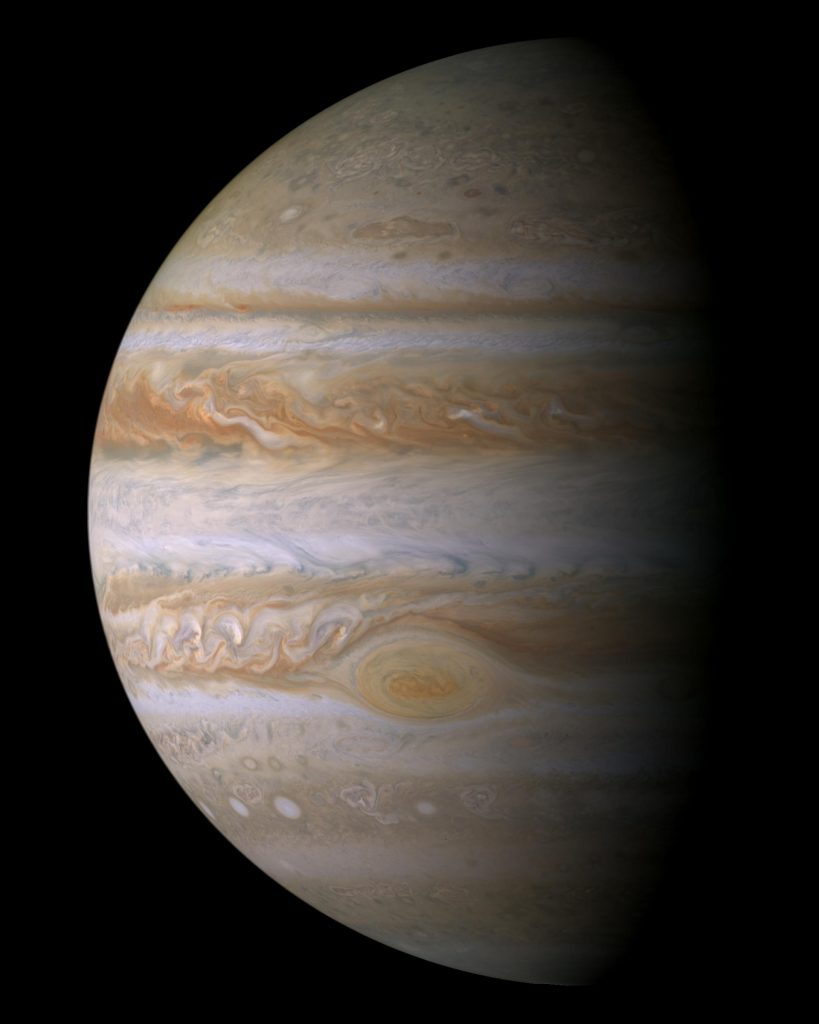
Jupiter’s Quasigeostrophic Atmosphere
The recent Juno mission data download from Jupiter and environs continues to produce extraordinary and stunning graphics of Jupiter’s atmospheric circulation patterns. I’m producing some informal comparisons of some aspects of the Jovian circulation to what I research and deploy for accurate climate forecasting on our planet, quasihydrogeostrophically speaking. This is clearly a mouthful and so another acronym is generated: QHG.
Jupiter may have it all in the QHG realm and I’m definitely not the first to explore this. For examples of past work, this student paper by Michael Rosen seems exemplary. Just as for Earth in a QG perspective, Jupiter may possess quasi stationary gyres that reach from the bottom of the atmosphere (BOA) to the top of the atmosphere (TOA). As with Earth in a QG perspective, Jupiter expresses zonal banded circulations. Both planets display polar aurora at times of CMEs. Both planets have similar polar circulation patterns with distinctive and multiple intermittent vortexes. The next two images are illustrative. The first is a view of a pole of Jupiter (obtained from the same NASA Juno products as the featured image). The second is a QG image from the South Pole as archived in the stochATLAS for Earth. The Jovian vortices are clearly visible and some of the Earth’s intermittent polar vortices can be seen in the Earth QG image by the red streamlines that close on themselves.
I recognize that the topography of the Jovian BOA is not observable at this time. It cannot be confirmed accordingly how zonally stationary the Great Red Spot (GRS) might actually be. Could the GRS be a similar structure to the North and South Pacific Gyres (NPG and SPG) as the image below suggests by the blue streamlines? Past relevant research can shed more light and perhaps put my notions to rest, such as an important work by Golitsyn which I learned of from the M. Rosen link.
It may be that the Jovian BOA topography is not stationary itself, given some publications [1] which indicate a metallic hydrogen and/or helium solid phase at that boundary. Perhaps then the GRS is simply an eddy which is stationary with respect to a zonally migrating elevated region in that “solid” domain. It would then be somewhat comparable to the NPG, but only if the Earth’s continents migrated about as well. That’s somewhat amusing to think about for me at least, because crustal plates of the Earth do move over long periods of time, and it would follow that Earth’s major gyres adjust accordingly, even as they remain “tethered” to the equator. I wouldn’t be surprised if such notions already have been published and if I learn of any I will post links here as well.
The Jovian poles share aurora patterns similar to Earth’s as this image [2] highlights:
I also explore the connections between aurora patterns and QHG circulation perspective at a recent post and include the pertinent images below for clarity.
I haven’t found a reason yet, or a published paper so far, to dismiss the notion that polar QGH atmospheric water circulation patterns may relate to the visibility of aurora. I may find it easy to dismiss that as I continue another steep learning curve front. However, I’ve reached out to some authorities and no word back yet. The interesting relation to this post is that Jupiter has water in its atmosphere, albeit with a poorly understood distribution.
[1] for example: Guillot, Tristan. 1999. “A comparison of the interiors of Jupiter and Saturn”
Planetary and Space Science Volume 47, Issues 10–11, October–November 1999, Pages 1183-1200
copyright 2017 Michael Wallace
 3271total visits,1visits today
3271total visits,1visits today
